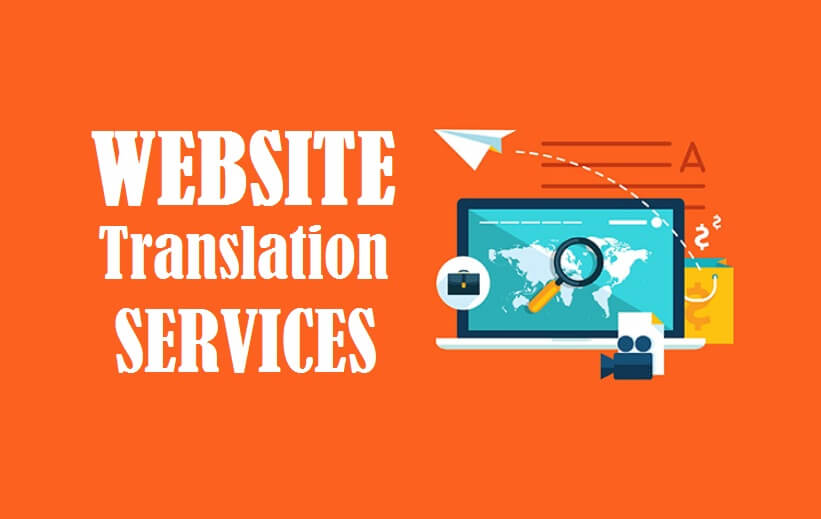Entrepreneurs always want their businesses to develop around the world, and if you also wish that your business should grow globally, prefer multilingual content marketing strategies. Most of the time, companies use only the English language for their websites. However, if you add multilingual content strategies to your business, then your business might grow more. Today we have brought a full pack the information about multilingual approaches and why your business needs them? If you also want that your business should always grow, then you are in the right place. Let us begin.
What is a Multilingual Content Market Methodology?
The word multilingual might sound a bit difficult; however, it has a simple meaning that uses more than one language to reach more customers. In this plan, the business aims to reach global customers, so they use many languages to promote their business. It requires a group of professional translators as this strategy is used in different people with different cultures. If the content of your website will be in more languages, more people will get influence by it. And hence there will be better promotion of your business. Most businesses prefer multilingual content market strategies. Let us now know why it is essential?
How do Multilingual Content Strategies Help You?
When you carry out multilingual systems in your business, you improve the edge, and this way you contact your designated audience. Moreover, an online site with multilingual content promoting methodologies will help you reach individuals from one side of the planet to the other. Here are some of the reasons how a multilingual system can help you?
✔ Why only English?
English has gained its importance as an international language; some people like to communicate in another language such as German, Russian, and others by their speech. Furthermore, if you have so multiple languages to access in your business, why not? The company should grab the opportunity to sell the business in every market and every language. Moreover, the English language might help you, but your business will be on cloud nine if you use multilingual content strategies.
✔ More Trust
and good perception about the company is the two key variables critical in any business. When you provide the content in native languages, then people generate better trust and your business on more goodwill. It portrays that your company cares about the necessities of individuals, and subsequently, they get drawn in towards it.
✔ More Edge
Of course, when you use multilingual content marketing strategies, you have a better edge. Today at every nook and corner, small businesses are developing. Therefore, you must have something unique to sell your product. Numerous entrepreneurs incline toward a multilingual methodology, and their business consequently sticks out.
✔ Expanded Reach
It is pretty clear that if you utilize multilingual substance promoting systems, more people will be inclined towards your business, and hence you will have a better reach. Therefore, we can say that content marketing strategies assist you with getting better space.
✔ More Online Sales
When a business’s website is available in multiple languages, more people get to know about the company. And when you promote your business to more people, there will be more online sales.
✔ Qualified traffic
Search engines will help you get more qualified traffic to your site when using multilingual content marketing strategies. And your website will boom And hence your business will grow at a better pace.
Conclusion
Multilingual content marketing strategies will assist you with getting ahead in the competition and experience more consumers towards your business. And hence your business will have more growth as you will be able to connect to more audiences. So using this strategy is essential for every business. To reach out to us contact at info@verbolabs.com


